

27,284 tons; length 650 ft., width 87 ft., draft 29 ft., 21 knots; 453 cabins; 1,240 passengers; steam turbines, twin screw; built 1961; scrapped 2003
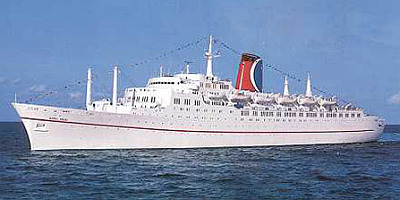 Go to tss Mardi Gras brochure
Go to tss Mardi Gras brochure
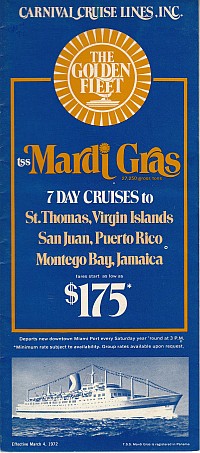
It departed Miami on March 4, 1972 for the maiden voyage and promptly ran aground in the entrance channel. The ship was refloated and proceeded successfully on its first 7-day cruise to San Juan, St. Thomas and Montego Bay, although Arison had to empty the cash registers and have advance deposits wired to San Juan to buy fuel for the return voyage.
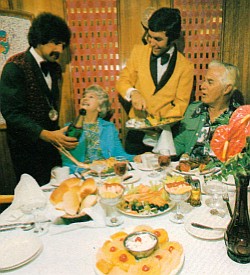
Mardi Gras was over 50% larger than the competitors' ships. There were six verandah suites and a mix of inside and outside cabins with two lower beds, many with one or two upper berths and others with an upper and lower berth configuration. Most cabins had private facilities, but many had only a wash basin. During the first year and a half, the staterooms were gradually upgraded from two-class transatlantic service to one-class cruising.
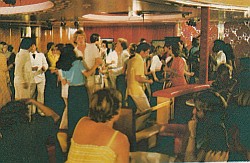
Public areas aboard Mardi Gras included The Tradewinds Lounge on Promenade Deck, the two-level Grand Ballroom, Carousel Lounge, Point After Club and swimming pool on Empress Deck, cinema on Main Deck and the Hibiscus and Flamingo dining rooms on Restaurant Deck. An indoor pool was below.
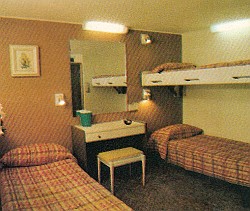
Carnival targeted a young and fun-oriented demographic. They began to market the "Fun Ship" experience, which was more about the ship than the destination. The company turned profitable in 1975, bought the tss Mardi Gras' sister ship Empress of Britain and renamed it Carnivale in 1976. In 1977 they purchased the 32,000-ton Union-Castle liner S.A. Vaal and converted it to the cruise ship Festivale. In 1982, they built Tropicale, the first of many new cruise ships and have grown to become the largest cruise company in the world.
Mardi Gras was sold to Epirotiki Lines in 1993 and renamed Olympic. Later known as Star of Texas and Apollon, it was eventually scrapped.
 Top
Top